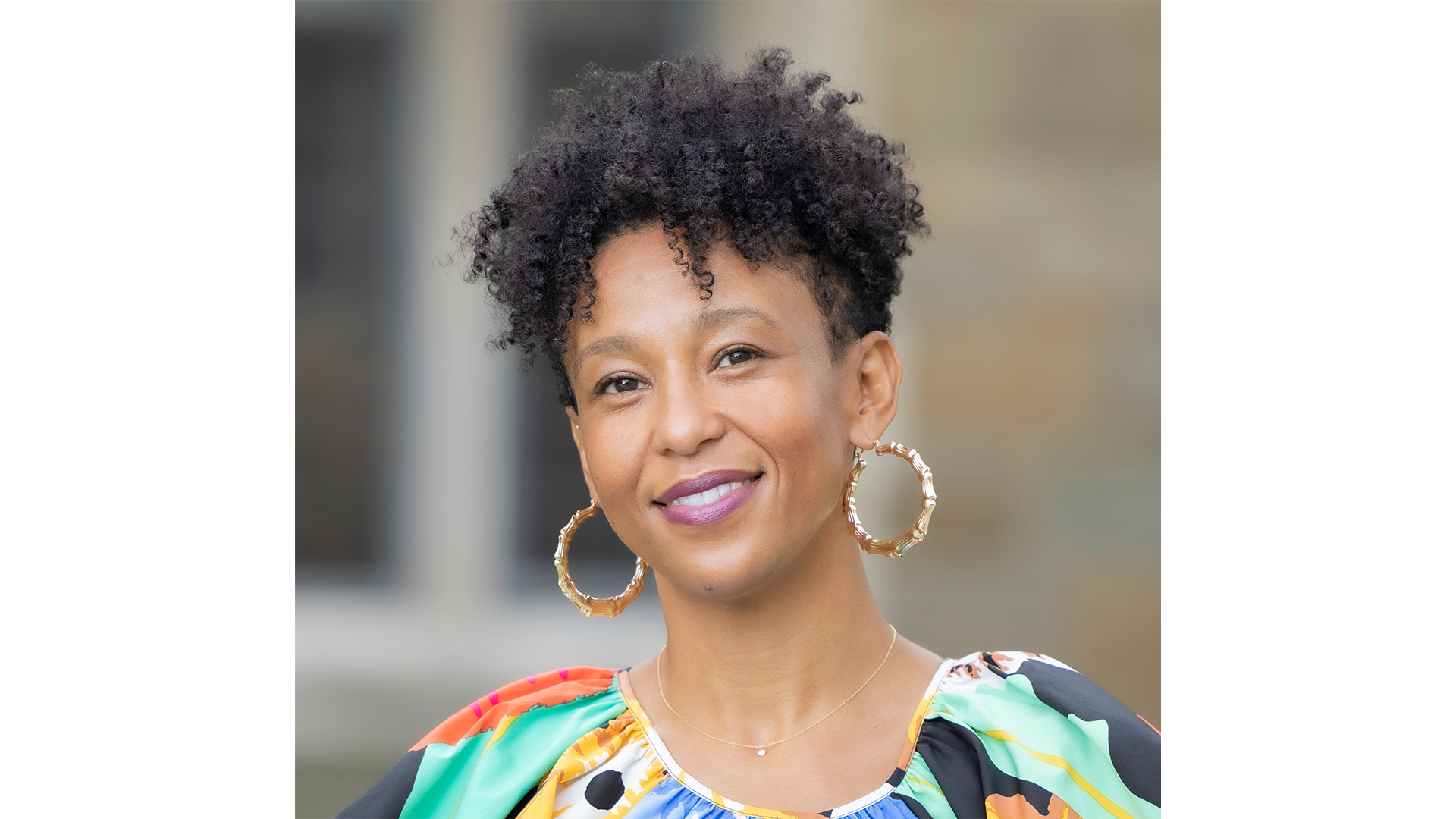Dean's Dialogue: Doing It All: Engineering, Entrepreneurship and University Engagement

Join us for a conversation with Yale College Dean Pericles Lewis and Professor Anjelica Gonzalez on how basic science becomes impactful through a focus on human needs. Prof. Gonzalez's work is about engineering solutions for human diseases not addressed well in animal models. For example, PremieBreathe, a project based on human-centered design, is an outgrowth of her teaching and research. Attendees will have opportunities to ask questions. Refreshments will be provided at the conclusion of the event.
Doing It All: Engineering, Entrepreneurship and University Engagement is the latest installment in the Dean's Dialogue Series, which invites faculty members to speak with Yale College Dean Pericles Lewis and students about contemporary and sometimes challenging topics. One of the series' goals is to model conversation as a mode of engagement.

Prof. Anjelica Gonzalez
Anjelica Gonzalez is Associate Professor of Biomedical Engineering, Head of Davenport College, and Faculty Director at Tsai Center for Innovative Thinking at Yale. Prof. Gonzalez is also co-founder of Aero Therapeutics, a company that develops respiratory devices for infants. After obtaining her BS at Utah State University and PhD at Baylor College of Medicine, Prof. Gonzalez continued her research in tissue engineering as an associate research scientist at Yale. In 2009, Prof. Gonzalez became an assistant professor and initiated independent research at the intersection of vascular biology, biomaterials development, and inflammatory disease.
Prof. Gonzalez's research, teaching, and service have been acknowledged by Yale, national media, and professional societies. Her research, mentoring, and teaching have been supported and promoted by the National Institutes of Health, NBC, Biomedical Engineering Society, Microcirculation Society, American Society for Investigative Pathology, the American Physiological Society, and The Hartwell Foundation. Prof. Gonzalez has also published multiple opinion pieces in the New York Times and Science Magazine.